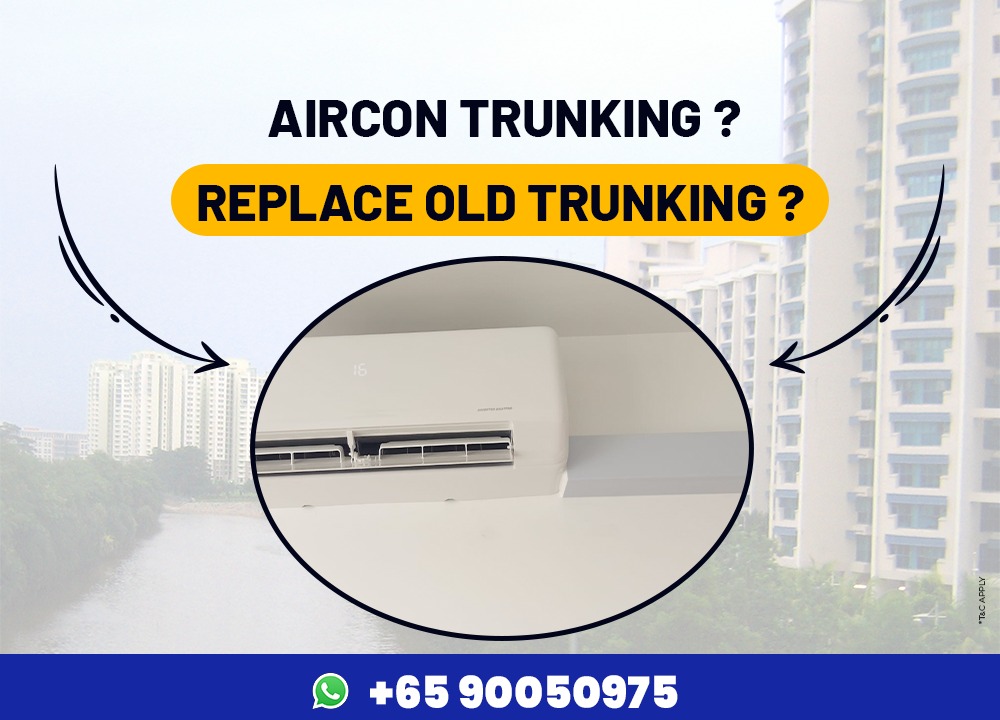
Aircon Trunking
Condensation can occur in aircon trunking systems under certain conditions. Aircon trunking refers to the ductwork or channels that distribute conditioned air from the AC system to different areas of a building. Condensation happens when moist air comes into contact with a surface that is colder than the dew point temperature of the air.
Refer: Aircon Installation
Here are some factors that can contribute to condensation in aircon trunking:
Temperature differential: If the temperature of the air inside the trunking is significantly colder than the surrounding environment, condensation can occur. This temperature difference can be caused by inadequate insulation or insufficient airflow.
Humidity levels:
High humidity levels in the air can increase the likelihood of condensation. If the air entering the trunking is humid, and the surface of the trunking is colder than the dew point of the air, moisture may condense on the surface.
Insulation quality:
Insulation plays a crucial role in preventing condensation. If the insulation around the trunking is damaged, poorly installed, or insufficient for the temperature differential, condensation can form on the surface.
Air leaks: Any gaps or leaks in the trunking system can allow warm, humid air from the surrounding environment to enter the trunking. When this warm air comes into contact with the cooler surface of the trunking, it can lead to condensation.
To prevent condensation in aircon trunking, you can take the following measures:
Proper insulation:
Ensure that the trunking is adequately insulated to prevent heat transfer between the air inside and the surrounding environment. Insulation materials with vapor barriers can help reduce condensation.
Regular maintenance:
Regularly inspect the trunking system for any damage or leaks. Seal any gaps or cracks that may allow warm, humid air to enter the trunking.
Control humidity levels: Install and maintain a dehumidification system or use other means to control the humidity levels in the air. Lowering the humidity reduces the likelihood of condensation.
Ensure proper airflow: Proper airflow within the trunking system helps maintain consistent temperatures and prevents stagnant pockets of air that can lead to condensation. Make sure that the air conditioning system is correctly sized and the ductwork is designed for efficient airflow.
Refer: Commercial Aircon Installation
Replace old trunking
If you have an old aircon trunking system that is causing issues or is no longer functioning optimally, it may be necessary to replace it. Here are some factors to consider when deciding whether to replace old trunking:
Condition of the trunking: Inspect the existing trunking for signs of damage, deterioration, or corrosion. If the trunking is structurally compromised or has extensive leaks, replacement may be necessary.
Maintenance and repair costs: Consider the frequency and cost of Aircon Repair or maintenance required for the old trunking. If you are consistently spending money on repairs or if the repairs are becoming increasingly frequent, it might be more cost-effective in the long run to replace the trunking.

